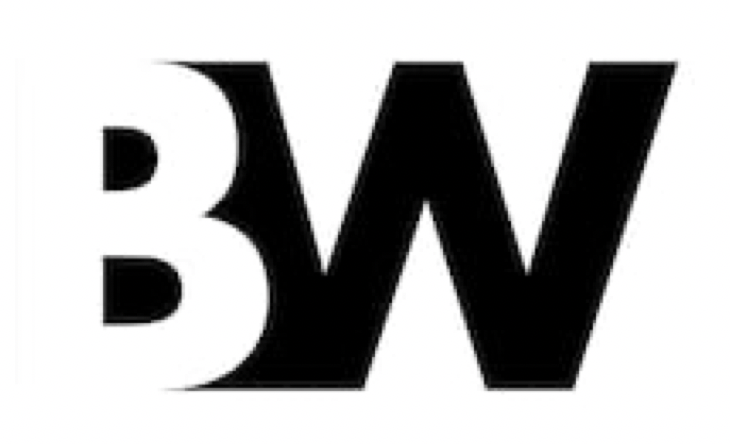Gateway
I&E 281 - Basics of Technology Commercialization
Description
In this course, we focused on learning assessment and translation of technological innovations in a variety of different areas Much like the later I&E classes, much of our learning was done through the eyes of case studies, giving us the chance to visualize a situation. Importantly, we spent time learning the foundations of identifying the market considerations. Functionally, this included learning Porter's Five Forces of Innovation and Drucker Internal and External sources of innovation. From this, we learned go-to-market strategies and and discussed the developmental strategies that are required to truly take a product to market. In the end of the course, we learned about the parts and skeleton of an investment-aimed pitch deck.
This pitch deck was created as our final project in I&E 281. When we met as a group to find a topic to use as our final project, I suggested that we focus on tracking of medical instruments using ultrasound, as it is very similar to a design project that I am working on in my BME senior design class. While this deck is not exactly identical to that project, this served as a good practice run for what a successful pitch would look like. I primarily served as conceptual guidance and helped shape the overall idea and structure of the pitch deck.
Reflection
Why did you take this course as part of your certificate pathway?
I took this class as my introduction into the I&E certificate due to its focus on technological innovation. While much of the class was centered around innovations in traditional tech, Rob Halford, the director of new ventures at Duke OLV came and taught several lectures specifically about Medtech and medical device design. These lectures immediately resonated with me as they provided direct insight into the market and pathway that I hope to pursue with my own innovations.
What are the most important things you learned in this class and why?
One of my biggest takeaways from the Basics of Technology Commercialization was the idea of understanding the full context of the market that surrounded any innovation. In the case studies we did, we spent large amounts of time analyzing the customers choices and the surrounding market emphasizing that no innovation is successful in a vacuum. In Professor Halford's lectures, we learned about several considerations that make medical device innovations particularly unique. First, we discussed the intense regulatory landscape and the amount of testing required in order to make it through the regulation. Second, we discussed the complex network of stakeholders that surround the medical device industry. Unlike some products which have one consumer or payer, medical technology often benefits both the provider and the patient, but can be financed by someone totally separately, the insurance provider. For this reason, successful innovation in the medical world, needs to consider this wide network of stakeholders, not simply the patient.


